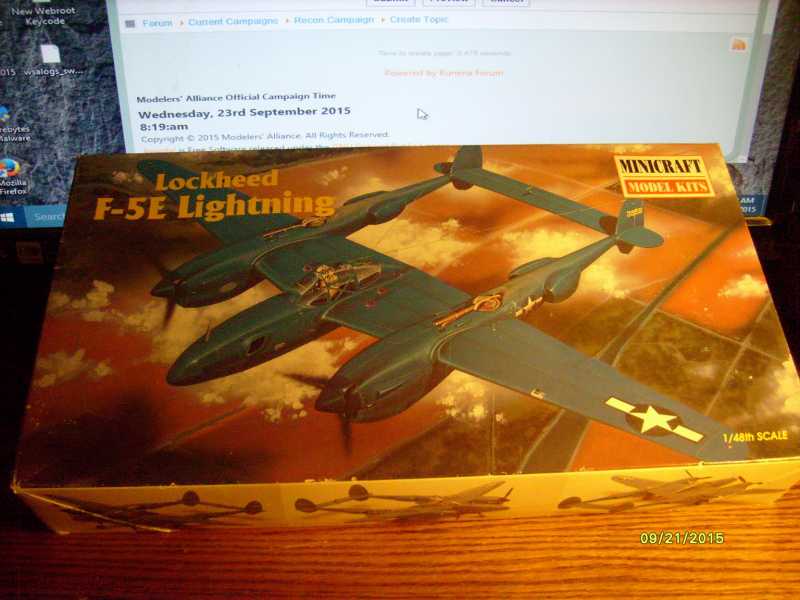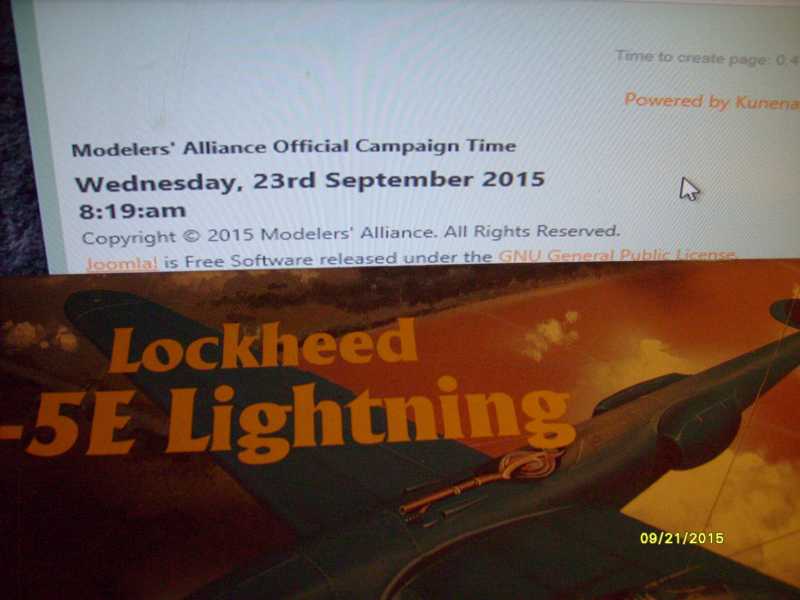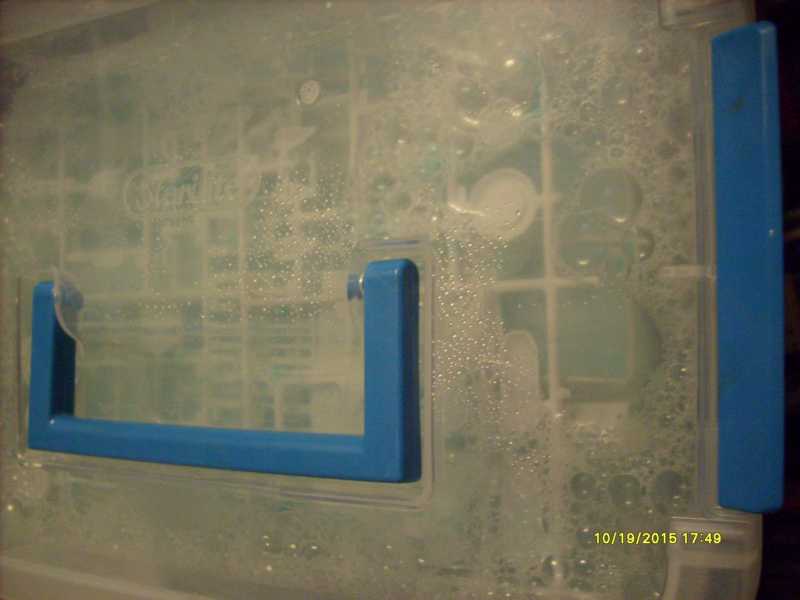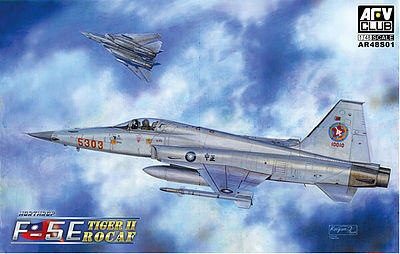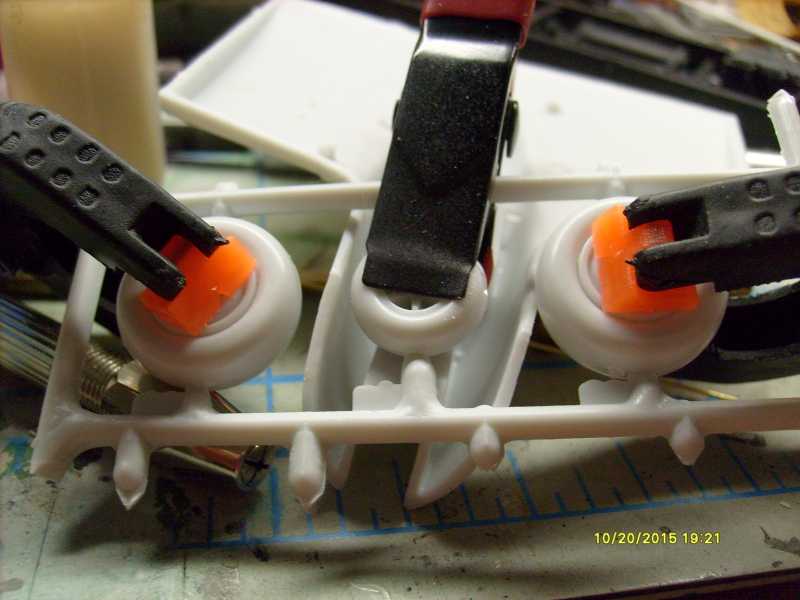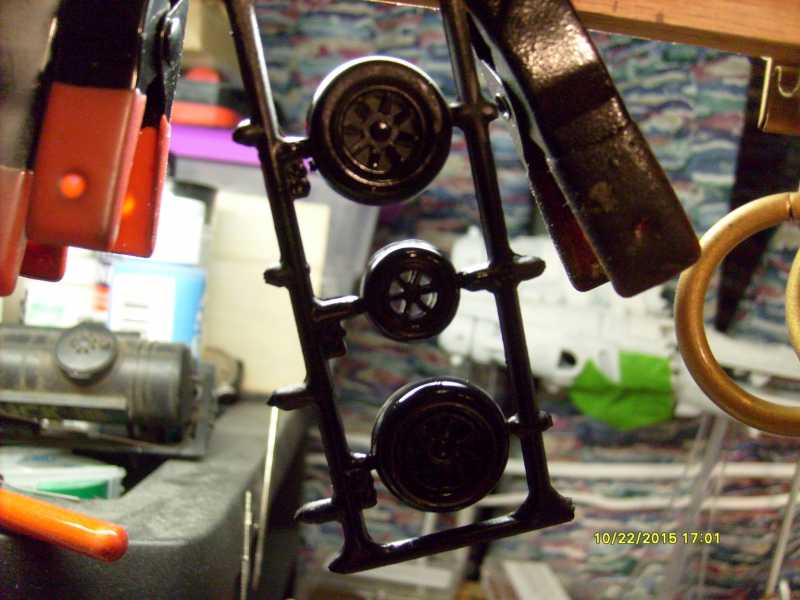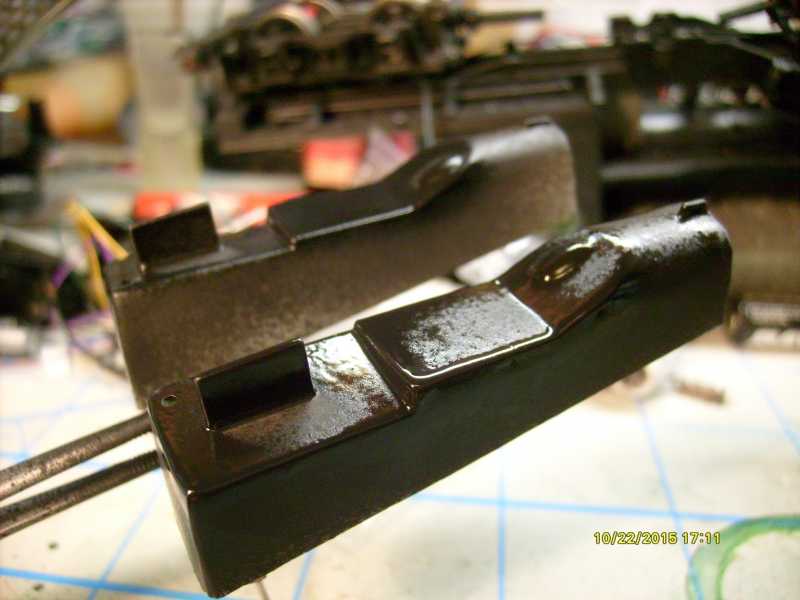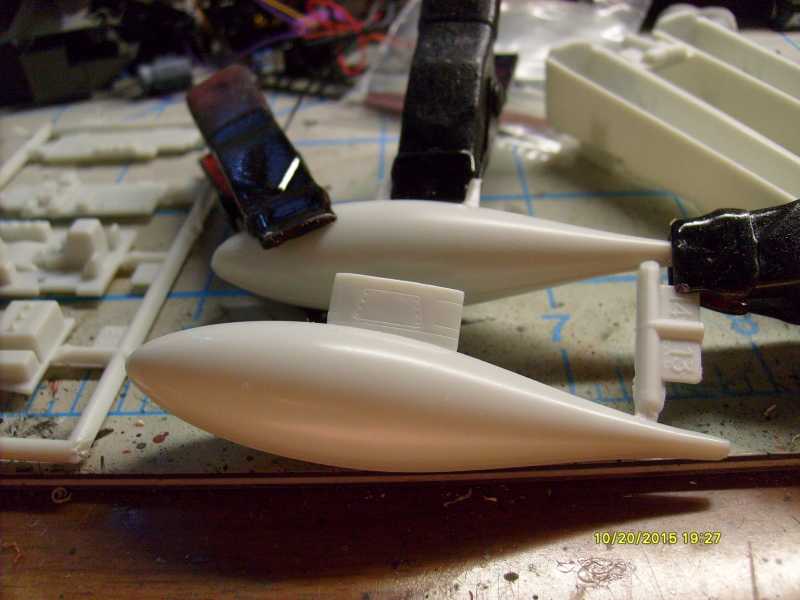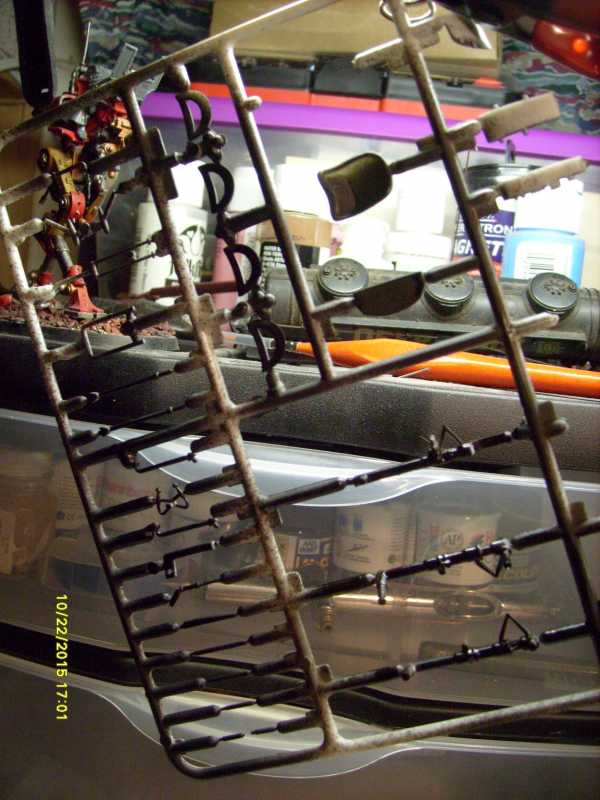AICRAFT RECON HISTORY
In June of 1794, a French Officer, Captain Coutelle, became the first person to use an aerial observation post for reconnaissance against an enemy. From his position in a balloon, he was able to assess the movements of an opposing military unit.
In October, 1861, the first American Army Balloon Corps was created and used during the Civil War for reconnaissance and artillery aiming. Aviation was well established by the time the first World War began, and airplanes became the platform of choice for aerial spies.
In the years following the war, special cameras were developed for the specific role of aerial reconnaissance. They were very large and difficult to handle in the confines of a typical combat plane of the 1920's. However, the following decade saw the design of specialized aircraft, capable of providing a suitable airborne platform for the big cameras.
But these planes were intended to be used peacefully for mapping, etc., under generally ideal conditions, such as during clear weather, and certainly not while under attack from an enemy force.
As World War Two expanded, it became necessary to be able to assess an enemy's abilities to attack, before they could unleash their fury. In order to provide a fast, maneuverable camera platform, speedy fighters and even heavy bombers were adapted to carry a bank of cameras that could provide sharply detailed photographs within a very short time. Using photos from these planes, a combat plan could be quickly formatted to either blunt an attack or develop offensive maneuvers.
Among these types modified for the aerial reconnaissance role was Lockheed's sleek, fast, P-38 Lightning fighter. This plane was so fast it did not need defensive armament, so the space was used to mount sophisticated camera gear in the nose. With these alterations the planes were reclassified as F-5s. The F-5's lightning speed, combined with a ceiling beyond most anti aircraft range, made it almost impossible to intercept.
Other fighters and high speed bombers were modified for aerial photography role during the war, and by the end of conflict specialized observation planes were on the drawing boards. Today's sophisticated spy planes, such as the Lockheed U-2, SR-71 and even more advanced craft descended directly from the F-5 series of camera planes.


